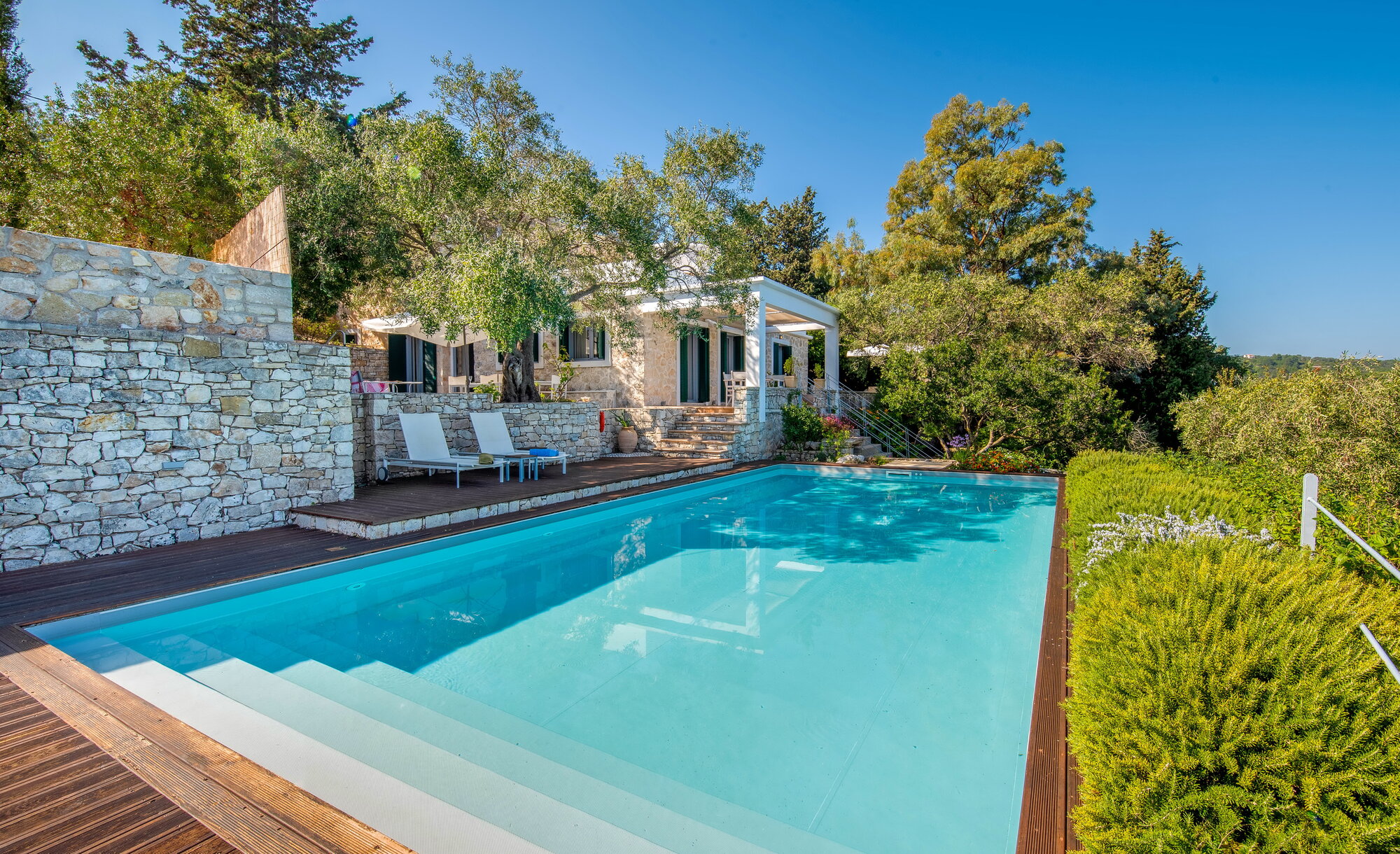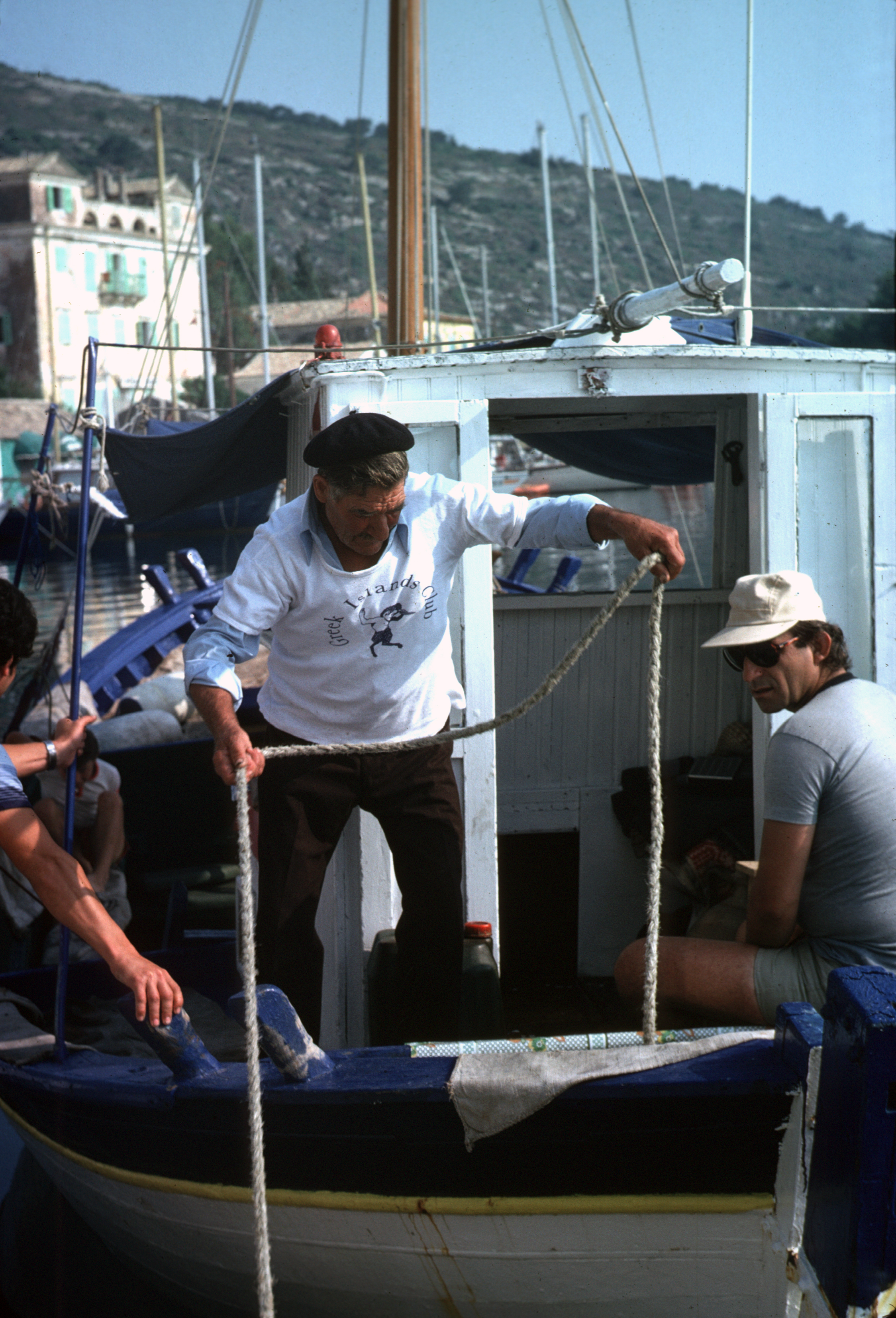In 1962 Eliot Watrous happened upon the little island of Paxos. He returned two years later and bought a small plot of land, just outside the capital village of Gaios, and a local team of builders constructed a small, simple house above the sea – based upon a design drawn on the back of a…
Tag: paxos 1960
Paxos Ferries Over The Years
The only way of getting from Corfu to Paxos in 1965, my first visit, was aboard a weather-worn, wooden caique called “Aspasia”. A central deckhouse cum cockpit provided hard bench seating for around 40 passengers. The Aspasia’s crossing time varied between 5 and 7 hours depending on the weather. The journey south from Corfu Town,…


